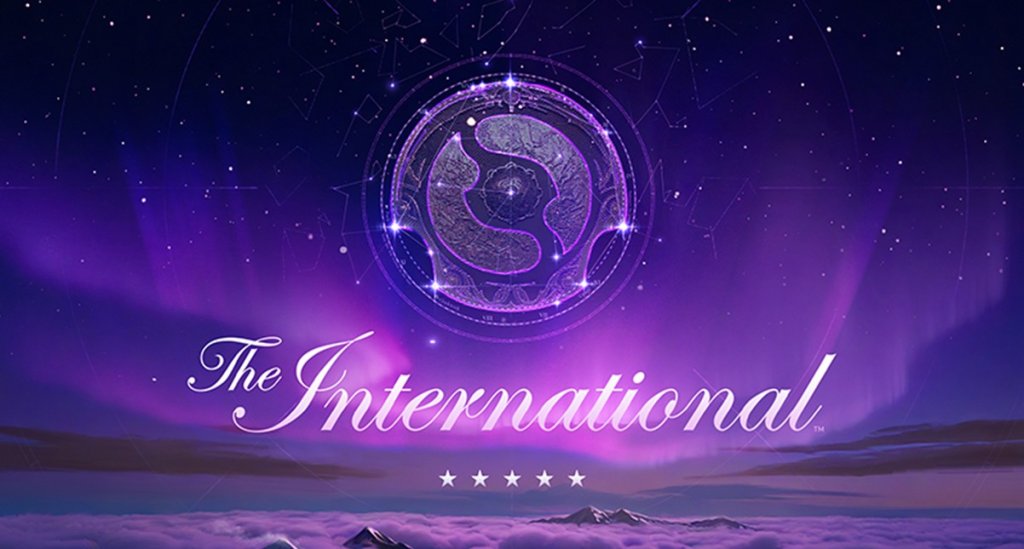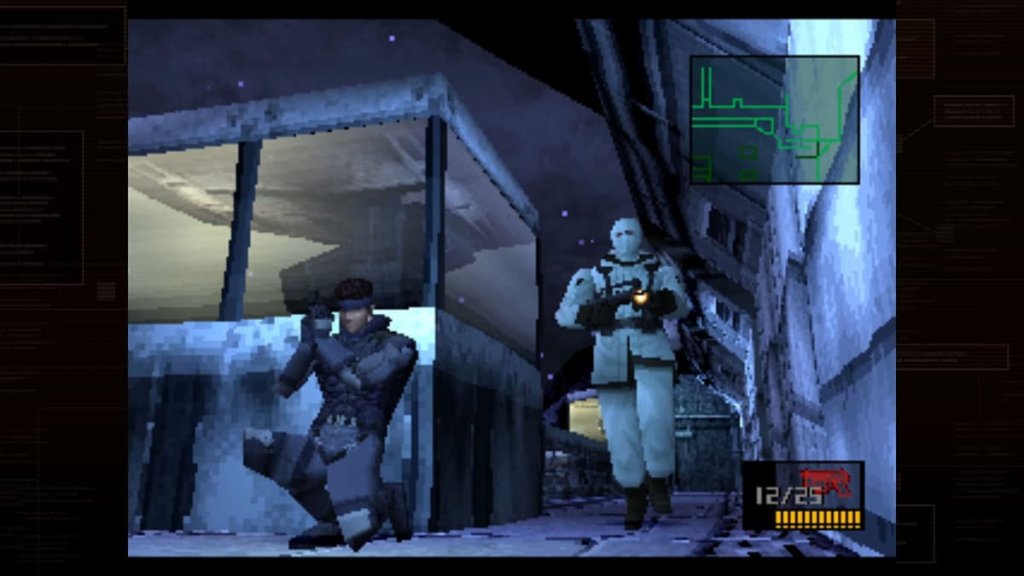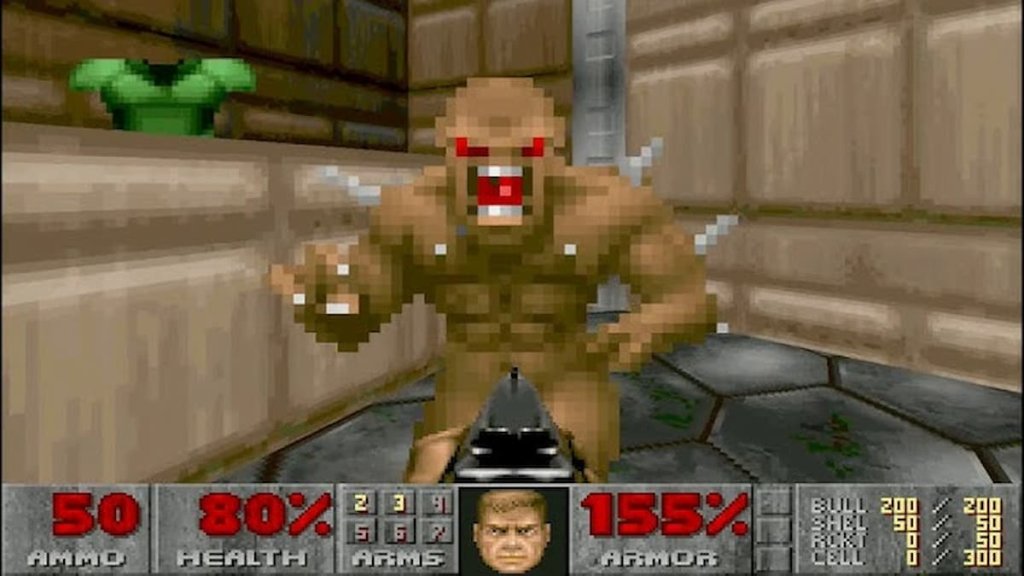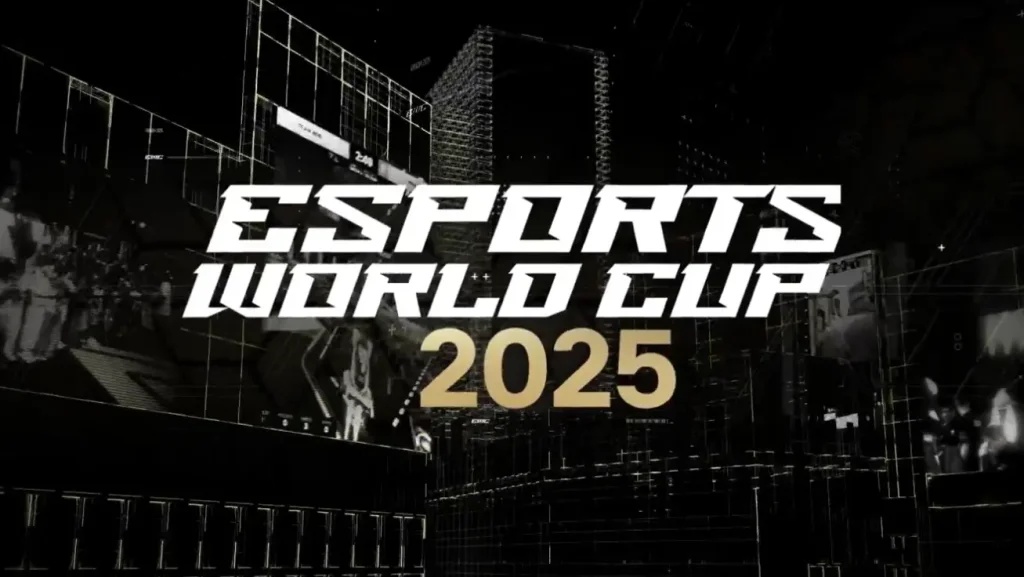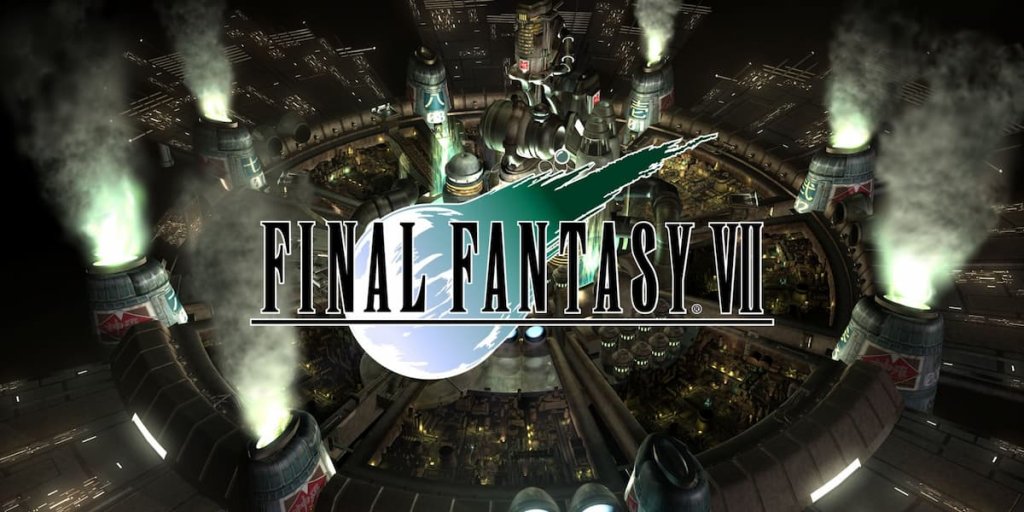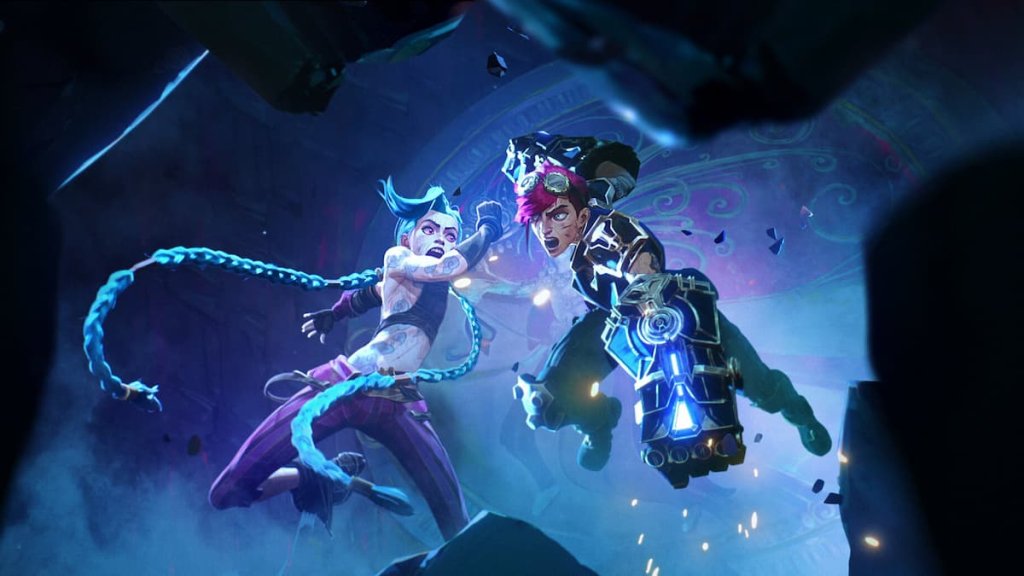
Riot Games doubles down on Teamfight Tactics
Teamfight Tactics (TFT) is the spinoff game from Riot Games’ League of Legends. Similar to the Auto-Chess game mod popularised in Valve Corporation’s Dota 2, TFT is a round-based strategy game that combines MOBA design assets with economy/draw-based systems most reminiscent of card games. This eight-player free-for-all game’s objective is to build a strong army with powerful items to become the last player standing.
The main attraction of the game comes from the strategy needed to deal with its randomness. All players draw from the same pool of champions and items, so they must think on their feet to best figure out how to win using whatever the game puts in front of them.
A crucial part of players’ success is in managing their economy: players are awarded gold and experience at the end of each round. Players use gold to buy champions, to reroll their currently available champions to see if they get different ones, or to purchase experience to level up faster. Higher levels grant players more massive armies, and better champions appear in the store.
Juggling all these elements creates a chaotic environment in which players must constantly adapt to survive and pull ahead. TFT has been popular with a casual audience, with a reported 33 million monthly players in 2019, and a mobile port in 2020. Despite this success, TFT has yet to see the same kind of esports success as its originator game, League of Legends.

© Teamfight Tactics
TFT Galaxies Championship and Qualified Players
In April earlier this year, Riot Games announced its commitment to competitive Teamfight Tactics. The company stated its intentions to see a global competitive landscape for TFT with the end goal of declaring a TFT world champion. It was further announced that the North American and Oceania areas would share one competitive region.
At the end of its regional qualifiers, two players represent the combined regions (referred to as OCENA). They would join three representatives from China and combined Europe, CIS, and the Middle East region, two representatives from Korea, Brazil, and Latin America, and one representative from Japan and Turkey. These 16 players would then compete at the Teamfight Tactics Galaxies Championship to become the world champion. Also, competitors will win their share of the $200 thousand prize pool.
Little over a week ago beginning on August 14 in North America and August 15 for Oceania, the OCENA Finals took place to determine the two representatives. Previous regional qualifiers concluded which 24 players are competing in this final event.
One week before that the European qualifier stage was held as well. Qualifying for the TFT Galaxies Championship on Sept. 3 was Double61, Lev D Trostskij, and Voltariux. On the OCENA side, the winner was the Australian player known as oubo. Second place is the player known as mismatchedsocksss, a regularly high-placing player on the North American TFT ladder.
HAZTE and SLOOPER were the Brasilian qualifier champions. Interestingly, Hazte is also #1 and #2 on the Brasil ladder.
The Chinese qualifiers saw players Juanzi, Achen and Alphago earn their way to the Galaxies Championship after a intense final round.
Finally, the LATAM Finals concluded only hours ago with Cupiditas and TFT Calcifer earning a shot at representing LATAM at the Galaxies Championship. The Korean qualifier ended mere hours ago as well with 투범 and 지보배 (Tubeom and Jibobae) earning the final spots at the event.
What does this Mean for the Future of TFT?
On September 3, the Teamfight Tactics Galaxies Championship begins. Using a similar multi-day format, the sixteen players will win their share of the prize money based on their final placement. The ultimate victor will win both the title of TFT world champion as well as $40 thousand.
This investment is significant on Riot’s part into a game that is still searching to find its space in the broader esports landscape. TFT is the premier title in the newly-created auto-battler genre, but it is a tiny genre as far as esports prominence goes.
It will be interesting to see if TFT can become a regular staple in the esports calendar. The main draw it has is that as it is not reliant on fast mechanical skills, it is less affected by latency than most esports titles. This allows for more regular cross-region and international play. This is a boon in the best of times, but currently, with the COVID-19 pandemic restricting international travel, this gives TFT a niche that other esports cannot fulfill.
Riot Games has historically in League of Legends favored regional play with its domestic leagues and rare international competition. While the TFT Galaxies Championship seems to follow this model, it does not need to be tied to it, at least insofar as frequency. Rather than one World Championship a year, it would be far more exciting to have multiple international events across the calendar with one final world championship to cap off the competitive season.
Read next: Riot Games entering South Asia can cause a mobile esports renaissance
